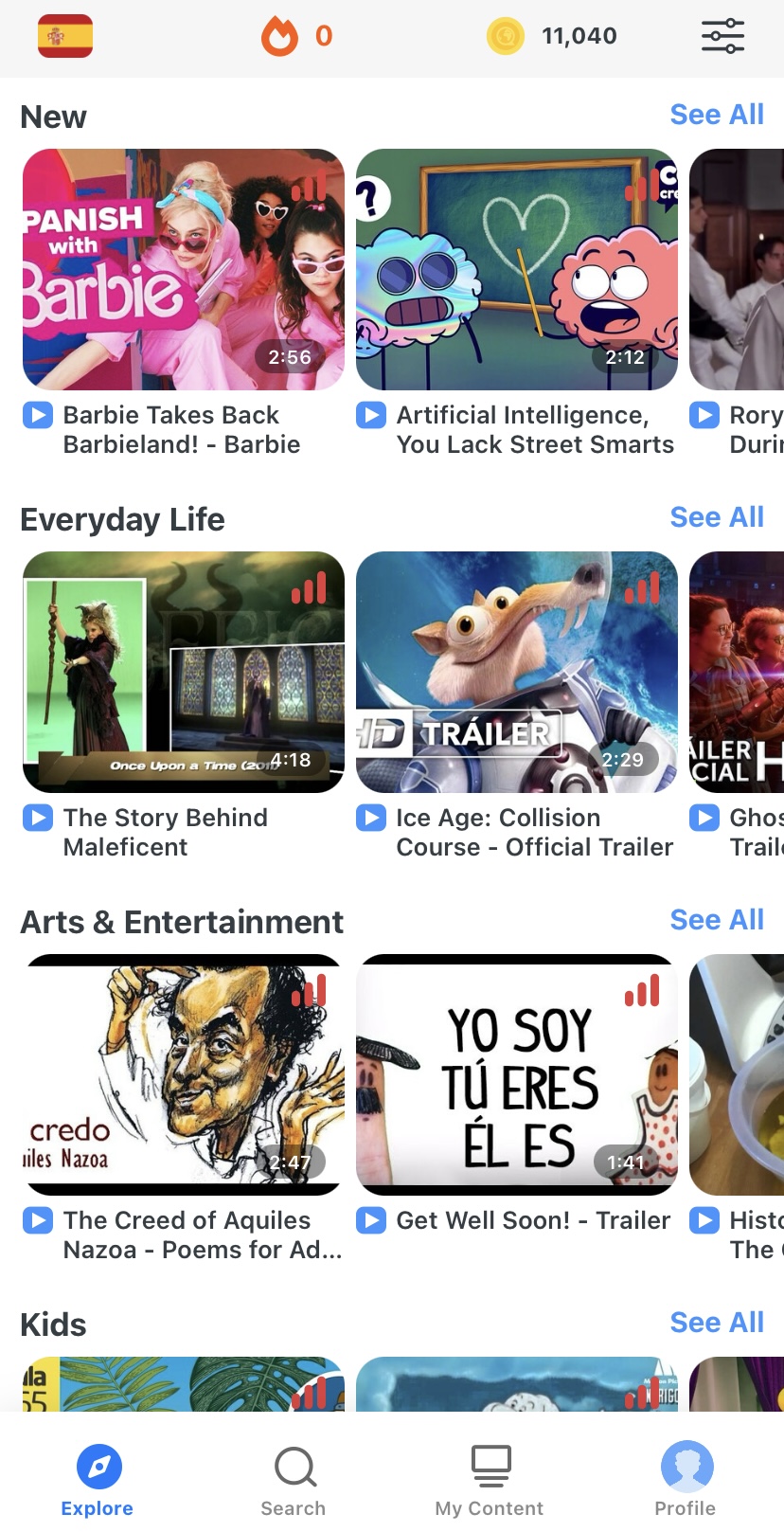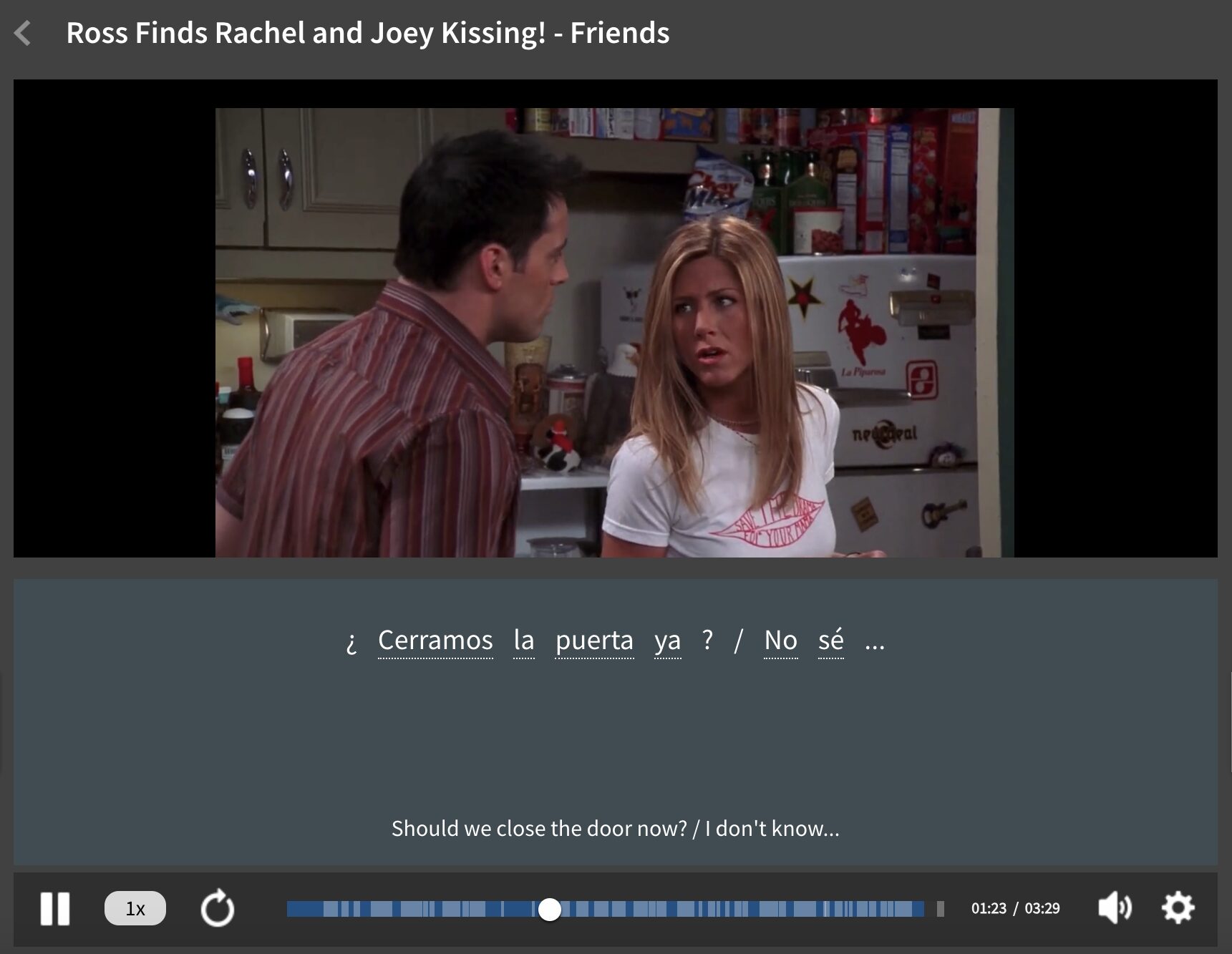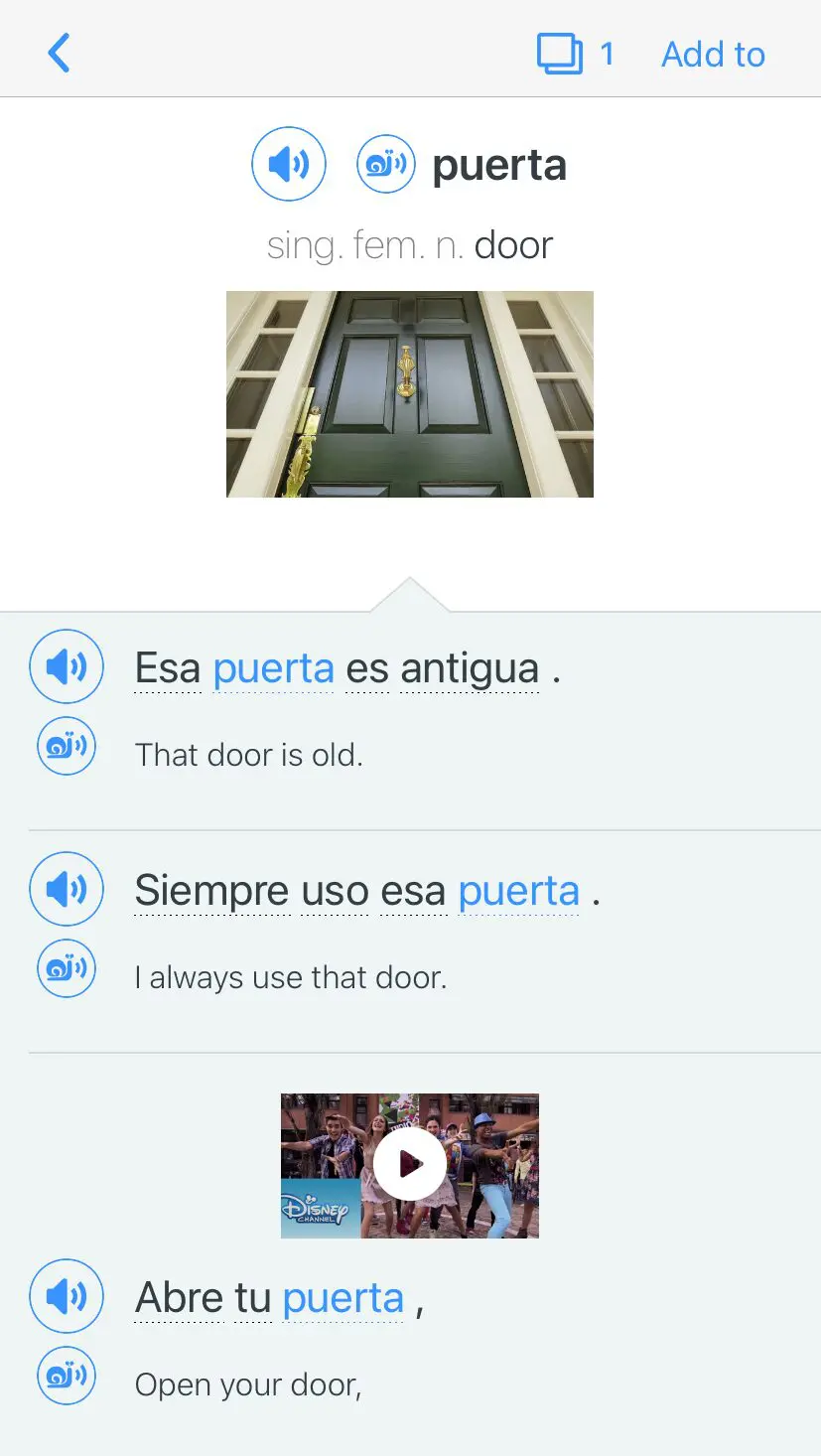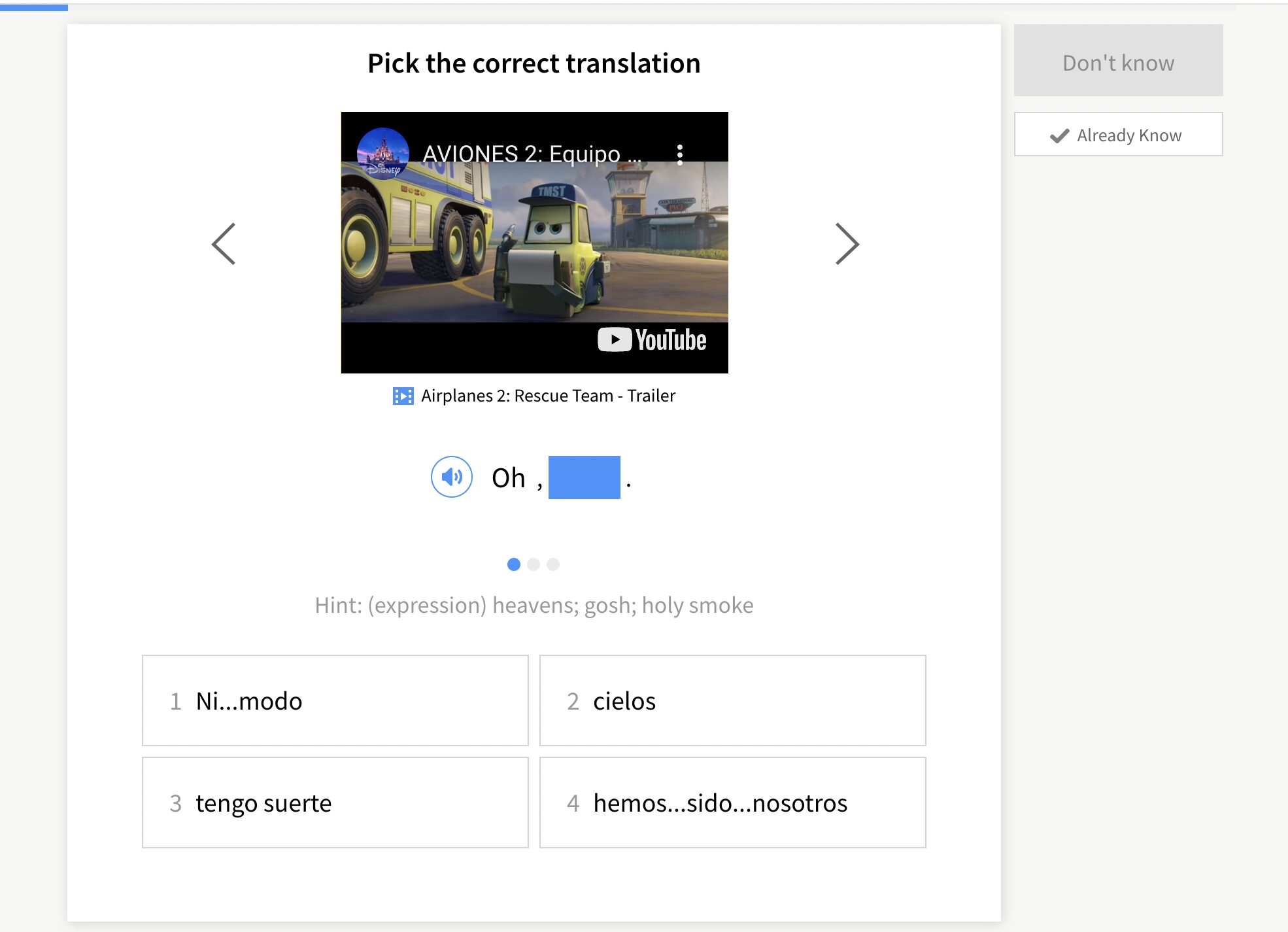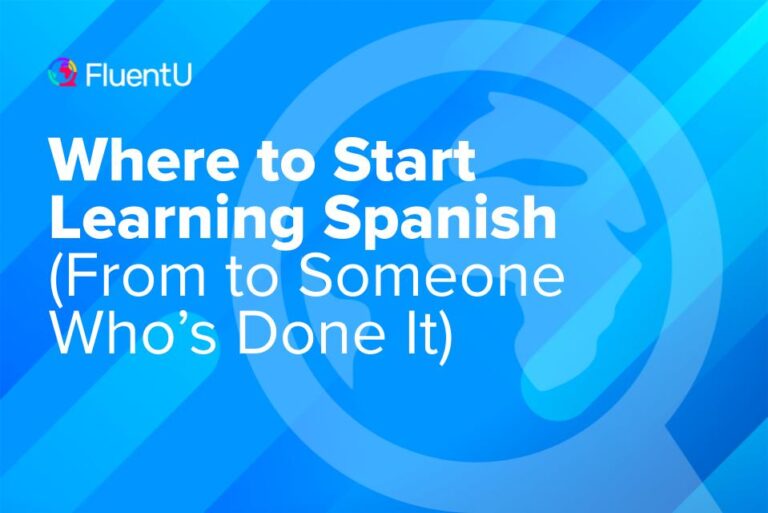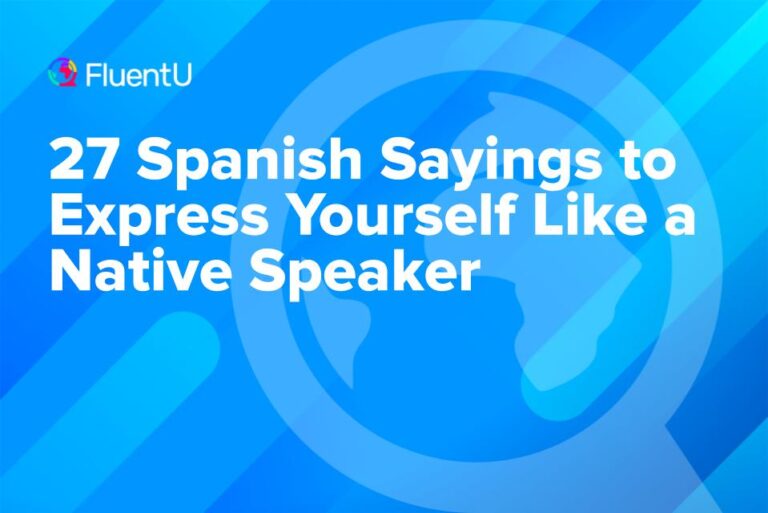Steps to Learn Spanish in 3 Months
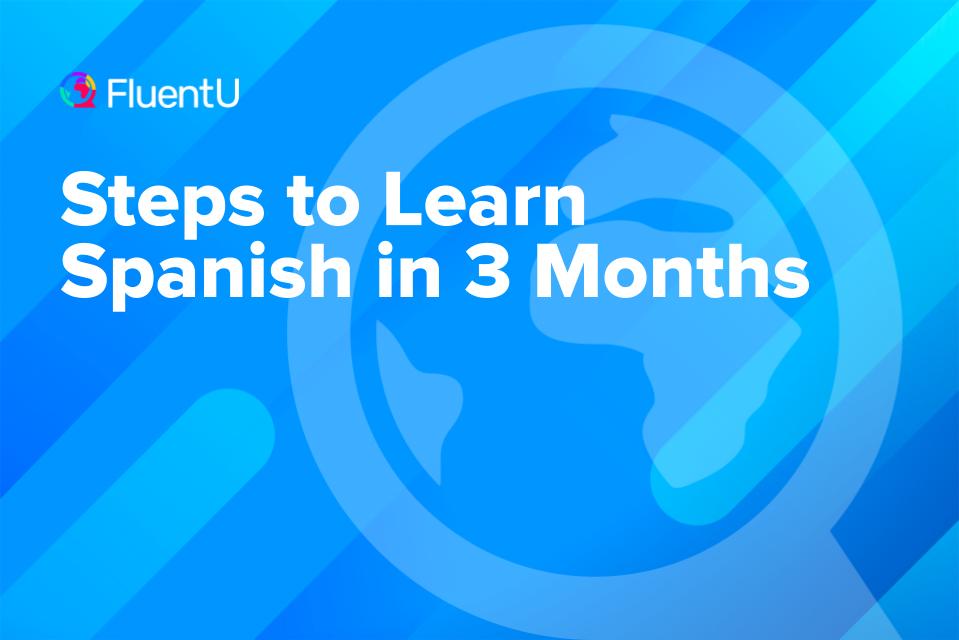
Learning Spanish in three months might seem like a daunting task, but with the right strategy and commitment, it’s an achievable goal. Whether you’re preparing for a move to a Spanish-speaking country or aiming to expand your language skills, this plan is designed to maximize your progress in a short time. With consistent effort and a clear roadmap, you’ll be on your way to speaking and understanding Spanish in no time.
Download: This blog post is available as a convenient and portable PDF that you can take anywhere. Click here to get a copy. (Download)
Steps to Learn Spanish in 3 Months
1. Set SMART Goals
Making a plan using SMART goals is an almost fail-proof method for learning anything. “SMART” stands for Specific, Measurable, Attainable, Relevant and Timely.
Let’s break it down and apply it to this challenge. I’ll give you an example of each of these aspects of SMART goals.
Specific means not vague. There’s no gray area in this facet of the goal-setting plan. Fortunately, this one’s already halfway done for you:
“I want to speak and understand Spanish in three months. I should be able to speak enough to…”
Now, you need to decide what exactly you’re trying to accomplish.
Measurable is your action plan. How do you intend to attain the goal?
It’s your blueprint for success. It should be easy to see whether or not you’re meeting your goals. An example of a “measurable” goal would be:
“I only have three months to learn Spanish, so I’ll devote six hours a day, minimum, to studying.”
Attainable is the place where you hold power. Honestly, you’re the one in charge of this.
Is this goal attainable? Theoretically, yes. But that’s also partially a personal issue and depends on you. Many people may want something, but not all are willing to work to attain it. So hopefully your goal looks like this:
“Learning Spanish in three months is attainable because I want it and am willing to do whatever it takes to make this happen.”
Relevant is your “why?”. Why do you want or need to learn Spanish in three months? This is also up to you and connects to the “Specific” point above. An example would be:
“I want to learn Spanish in a short period of time because I’m moving to Mexico in 3 months.”
Timely indicates the time frame (or “deadline”) for achieving a goal.
You’ve already done that—three months is the time goal.
2. Make a Study Plan
Like setting proper goals, you also need a proper plan. Here are some points to remember while arming your battle plan:
First, learn the alphabet and find a list of common vocabulary words. The list size is up to you but remember—you’ve got twelve weeks. For now, learn the words but don’t worry about tenses or other grammar.
You’ll probably feel overwhelmed, but hopefully, you’re still riding high on the excitement of beginning a new adventure. Every day, add new words to your word list. But don’t just write the words. Say them.
Use technology to show you how to pronounce things. Expect to make mistakes but don’t let them deter you. Practice until you sound like the person you’re modeling your vocabulary after.
Now’s also the time to learn numbers.
If you plan to go to a Spanish-speaking country, you’ll want to know how to pay for a meal or a cab. But even if not, you still need to be able to count and say numbers for all kinds of different common interactions.
As your vocabulary grows, so will your confidence. Just keep mimicking, translating and doing the work. There will be hard moments when you wonder if you’re loco (crazy) but keep at it.
By around the six-week mark, you should be getting the hang of learning this new language. Don’t slack, though. Now’s the time to intensify your plan.
How about those grammar lessons you’ve been avoiding? Tackle them now. It’s a good time to start paying more attention to verb conjugations and different tenses, especially for common irregular verbs.
Every week, add to your plan. It’s a tight schedule, so you’ve got to increase the vocabulary list, reading practice and speaking sessions.
Proficiency in anything comes with confidence, knowledge and time. The time thing is already set, but if you aim for small-ish goals and work persistently towards them, you’re guaranteed to make progress.
3. Choose Materials That Best Fit Your Learning Style
Everyone learns differently. Some people need a hands-on approach while others excel at book learning. Others seem to inhale knowledge just by being around it. (They’re rare, but they do exist.) Most of us? We work to learn.
You know what works best for you. So for this step, determine how you learn best, then pull together whatever materials you need to help you learn uniquely. Are you a very visual learner? Or pick up things quickly when learning through immersion and context?
Look for programs that focus on learning through Spanish videos, like FluentU.
FluentU takes authentic videos—like music videos, movie trailers, news and inspiring talks—and turns them into personalized language learning lessons.
You can try FluentU for free for 2 weeks. Check out the website or download the iOS app or Android app.
Click here to take advantage of our current sale! (Expires at the end of this month.)

Are you a classroom learner? Enroll in a class. Colleges offer language classes. Many local adult education programs, libraries and cultural clubs offer them, too.
Don’t like to be forced into a schedule? Then buy a Spanish language course and learn the language DIY-style. Make sure it’s mobile so you can learn on the go. That way, you determine your best times for study—and your materials will be right at hand.
Here are some other materials to consider:
- Crack open a nice, cold textbook (with or without “the boys”). They’re time-tested and help get the job done.
- Graded readers are helpful, too. You won’t know all the words in the beginning, but that’s normal. Expected, even. You’ll learn them. As you do, grab the next graded reader in the series and watch your progress pick up speed.
- A dictionary is essential. It just is. Fortunately, many free ones are available online and as apps.
- Get a journal for new words and phrases. You can start recording vocabulary but eventually (maybe after the first three months, when you’re hopefully under less pressure to learn the essentials), you might even consider journaling in Spanish. It’s a fantastic way to practice and learn the language. Journaling encourages thinking in a target language and is a big step forward on the language learning journey.
4. Practice
Practice, practice, practice—every chance you get! This sounds so simple it’s almost a “non-tip,” but think about it. If you don’t practice, you won’t improve, so the importance of this step can’t be stressed enough.
Stopped at a traffic light? Conjugate verbs in your mind. Jogging around the neighborhood? Name the items you see as you pass them. Bump into someone on the subway? In the park? At the grocery store? Apologize in Spanish.
If someone holds the door open for you at the market, thank them in Spanish. The point is to speak. A lot.
Making mistakes is fine—everyone makes them! As you learn, your pronunciation will improve. Words that initially seemed difficult to pronounce will begin to roll off your tongue.
Remember, too, that mistakes are learning opportunities. You’ll remember what you got wrong last time and incorporate that lesson the next time you use the phrase.
5. Go to a Spanish-speaking Country (Or Bring One to You)
Here, I’m talking about cultural immersion, which is recognized as one of the best ways to learn any language.
If you can’t go to a Spanish-speaking country, set yourself up in an environment that resembles one closely. The cultural aspects of a country can be brought into your home on so many levels.
Music is probably the easiest way to surround yourself with the language. Since Spanish is spoken by so many people living in many countries, there’s a huge assortment of great Spanish-language music.
Learning Spanish through movies lets you bring language into your life with minimal effort, too. You don’t have to buy, rent, borrow or download anything, although it’s fine if you want to do that.
Most streaming services and DVDs let you watch movies in different languages. You can check out some excellent flicks in Spanish or if you’d like to stick with familiar cinematic territory, adjust your settings and watch your favorite films in Spanish.
People living in Spanish-speaking countries watch television, too, so why not try a Spanish TV series? There’s endless content—dramas, news, sports and more—to satisfy any viewers’ taste on Telemundo.
I also highly recommend watching your favorite English series, but in Spanish. They can make you feel more relaxed since you’re already familiar with the plot, setting and characters, so you can focus more on absorbing the Spanish.
Also, there are some web-based telenovelas (soap operas) like “Mi Vida Loca” (“My Crazy Life”) and “Destinos: An Introduction to Spanish” that are made specifically to help people learn Spanish.
Cultural immersion in the home environment doesn’t mean you have to stay at home. There may be many cultural events in your area aimed at Spanish speakers.
And nothing says cultural immersion like a chat between friends. If you prefer one-on-one activities over hanging out in groups, then find a Spanish language partner and meet for coffee—doing that is also more likely to give you a chance to chat and practice speaking even more Spanish.
Or why not try your Spanish skills in la cocina (the kitchen)? Make dinner and speak only Spanish with your language partner (or your pets, as the case may be). Sharing stories and laughter during a great meal can give you the feeling of being in Madrid without the expensive plane fare.
6. Leverage Technology to Your Needs
The technology we use daily gives us many exciting opportunities to learn Spanish. Most of us never leave home without our phones. Luckily, you can download Spanish apps, which means you can practice and learn anytime and anywhere.
YouTube is also good for more than crazy snow drivers, silly cats and dance videos. There are some awesome channels that teach Spanish you can subscribe to.
If you can’t find a language buddy locally, look for a Skype partner. Technology can make someone on the other side of the globe feel as close as your living room.
Social media language learning is another way to bring Spanish to your fingertips. Several times a day, most of us look at social media platforms like Twitter, Facebook and Snapchat. Why not tap into them and use those sites to get you closer to your goal?
How Long Does it Take to Learn Spanish?
Four core skills are involved in language learning—listening, speaking, reading and writing—and they’re the same for any language, including your native tongue.
Those skills aren’t learned overnight—or even in three months—so it’s unrealistic to expect to be fully fluent or completely competent in all four skills within the twelve-week timeframe. But that doesn’t mean you can’t achieve a level of competency that will suit many needs.
There are many opinions on exactly “how long” it takes to learn a language, but that’s all pretty subjective. Individuality and determination are factors these studies leave out, so three months can be a realistic framework for learning to speak Spanish.
If you’re after a more detailed answer, check out our full post on the topic.
It is possible to learn to speak Spanish in three months.
It’s not going to be easy, and you won’t be perfect at the end.
But if you approach this challenge with the right mindset, dedicate plenty of time and keep your goals in sight, you can be speaking and understanding Spanish within twelve weeks.
You’ve set the goal. Now, start hustling and achieve it!
Download: This blog post is available as a convenient and portable PDF that you can take anywhere. Click here to get a copy. (Download)
And One More Thing…
If you’re like me and prefer learning Spanish on your own time, from the comfort of your smart device, I’ve got something you’ll love.
With FluentU’s Chrome Extension, you can turn any YouTube or Netflix video with subtitles into an interactive language lesson. That means you can learn from real-world content, just as native speakers actually use it.
You can even import your favorite YouTube videos into your FluentU account. If you’re not sure where to start, check out our curated library of videos that are handpicked for beginners and intermediate learners, as you can see here:
FluentU brings native Spanish videos within reach. With interactive captions, you can tap on any word to see an image, definition, pronunciation, and useful examples.
You can even see other videos where the word is used in a different context. For example, if I tap on the word "puerta," this is what pops up:
Want to make sure you really remember what you've learned? We’ve got you covered. Practice and reinforce the vocab from each video with learn mode. Swipe to see more examples of the word you’re learning, and play mini-games with our dynamic flashcards.
The best part? FluentU tracks everything you’re learning and uses that to create a personalized experience just for you. You’ll get extra practice with tricky words and even be reminded when it’s time to review—so nothing slips through the cracks.
Start using the FluentU website on your computer or tablet or, better yet, download our app from the App Store or Google Play.
Click here to take advantage of our current sale! (Expires at the end of this month.)
